Monisha Ravisetti is Space.com's Astronomy Editor. She covers black holes, star explosions, gravitational waves, exoplanet discoveries and other enigmas hidden across the fabric of space and time. Previously, she was a science writer at CNET, and before that, reported for The Academic Times. Prior to becoming a writer, she was an immunology researcher at Weill Cornell Medical Center in New York. She graduated from New York University in 2018 with a B.A. in philosophy, physics and chemistry. She spends too much time playing online chess. Her favorite planet is Earth.
Latest articles by Monisha Ravisetti

'Beppo go home?' An astronaut monkey steals hearts in tear-jerking SNL skit
By Monisha Ravisetti published
Saturday Night Live released a heart-wrenching skit about Beppo the astronaut monkey.

NASA's Europa Clipper isn't just a spacecraft — it's a work of art
By Monisha Ravisetti published
Europa Clipper launched toward Jupiter's icy moon on Oct. 14, and carried with it a very important plate.
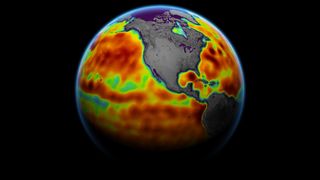
How satellite data has proven climate change is a climate crisis
By Monisha Ravisetti published
In the fight against climate change, satellite data is an extremely valuable resource.
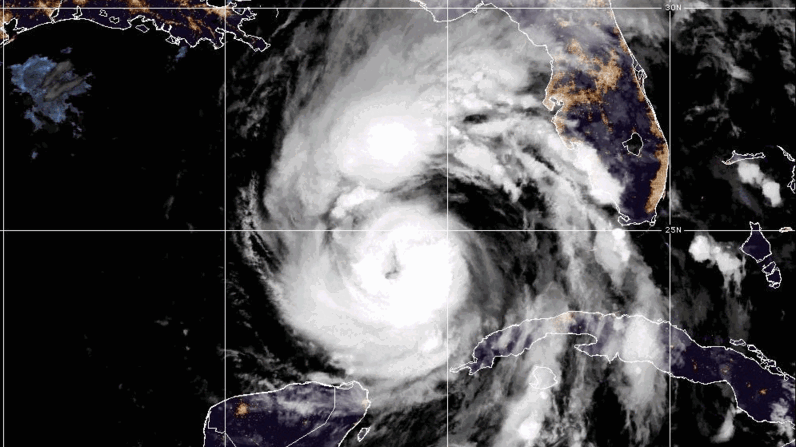
Satellite images show Hurricane Helene gaining strength before Florida landfall (video)
By Monisha Ravisetti published
Hurricane Helene will make landfall in Florida on Thursday evening (Sept. 26), and satellite footage is capturing it along its path.

Hurricane Helene could yield major flooding, tornadoes and 'devastating' winds, experts warn
By Monisha Ravisetti published
Tropical Storm Helene reached hurricane status on Wednesday (Sept. 25), and scientists warn that its damage could be life-threatening.

The biggest galaxies live in our universe's supercluster 'cities'
By Monisha Ravisetti published
Machine learning algorithms analyzed millions of galaxies to reveal where the biggest ones are.

NASA spacecraft captures 1st photo of its giant solar sail while tumbling in space
By Monisha Ravisetti published
NASA's testing a solar sail system in space, and the spacecraft that brought the tech there has snapped a photo.

We finally know why Astrobotic's private Peregrine moon lander failed
By Monisha Ravisetti last updated
Astrobotic says the Peregrine lunar lander, aka the first private moon mission, failed because of a faulty valve.
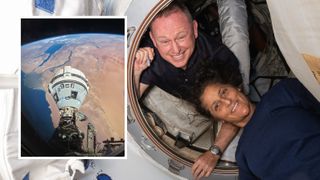
Boeing Starliner astronauts will return home on a SpaceX Dragon in 2025, NASA confirms
By Monisha Ravisetti published
NASA decided Saturday (Aug. 24) to return its two Boeing Starliner astronauts to Earth in February 2025. Their Starliner capsule will come back empty over thruster concerns.

Scientists collect high-resolution images of the North Star's surface for 1st time
By Monisha Ravisetti published
Scientists used the CHARA Array atop Mount Wilson in California to resolve previously unknown features of the North Star.

25 things to admire in the night sky that aren't just the moon and stars
By Monisha Ravisetti published
We've picked out 25 skywatching targets to celebrate Space.com's 25th anniversary. Can you catch them all?

25 years of exoplanet hunting hasn't revealed Earth 2.0 — but is that what we're looking for?
By Monisha Ravisetti published
It's been a long ride for exoplanet science — and for Space.com itself.

James Webb Space Telescope suggests this exoplanet is our 'best bet' at finding an alien ocean
By Monisha Ravisetti published
James Webb Space Telescope data suggests the exoplanet LHS 1140 b is a water world in its star's habitable zone that sports a lovely, temperate ocean.

Earth has 7 strange quasi-moons — and you could name one of them
By Monisha Ravisetti published
The International Astronomical Union has partnered with the Radiolab podcast to present a quasi-moon-naming contest.

A billionaire wanted to save the Hubble Telescope — here's why NASA politely declined
By Monisha Ravisetti published
Billionaire Jared Isaacman wanted to conduct a private Hubble Telescope reboost mission. NASA says 'not yet.'

NASA will give a Hubble Telescope status update today. Should we be worried?
By Monisha Ravisetti last updated
One of the Hubble Telescope's three gyroscopes started glitching recently. On June 4, NASA is likely to share an update about the device's status.

Astronomy has a bullying and harassment issue: 'Results presented in this report are bleak'
By Monisha Ravisetti published
A "damning" 2020 survey, conducted by the Royal Astronomical Society, reveals systemic bullying across the field of astronomy.

Things are finally looking up for the Voyager 1 interstellar spacecraft
By Monisha Ravisetti published
Voyager 1's mission has been tumultuous lately, but scientists on the probe's flight team have turned optimistic about the situation.

Satellite images of Rafah illustrate Palestinians fleeing the city
By Monisha Ravisetti published
Satellite imagery of Rafah, Gaza, provided by commercial company Planet Labs, offers a spaceborne view of the Israel-Hamas war.

James Webb Space Telescope chief scientist Jane Rigby receives highest US civilian award
By Monisha Ravisetti published
Last week, the chief scientist of the James Webb Space Telescope, Jane Rigby, was awarded the 2024 Medal of Freedom.

Laser on NASA's Psyche asteroid probe beams data from 140 million miles away
By Monisha Ravisetti published
NASA's DSOC experiment passed yet another milestone, interfacing with the Psyche spacecraft and beaming data back to Earth from 140 million miles away.
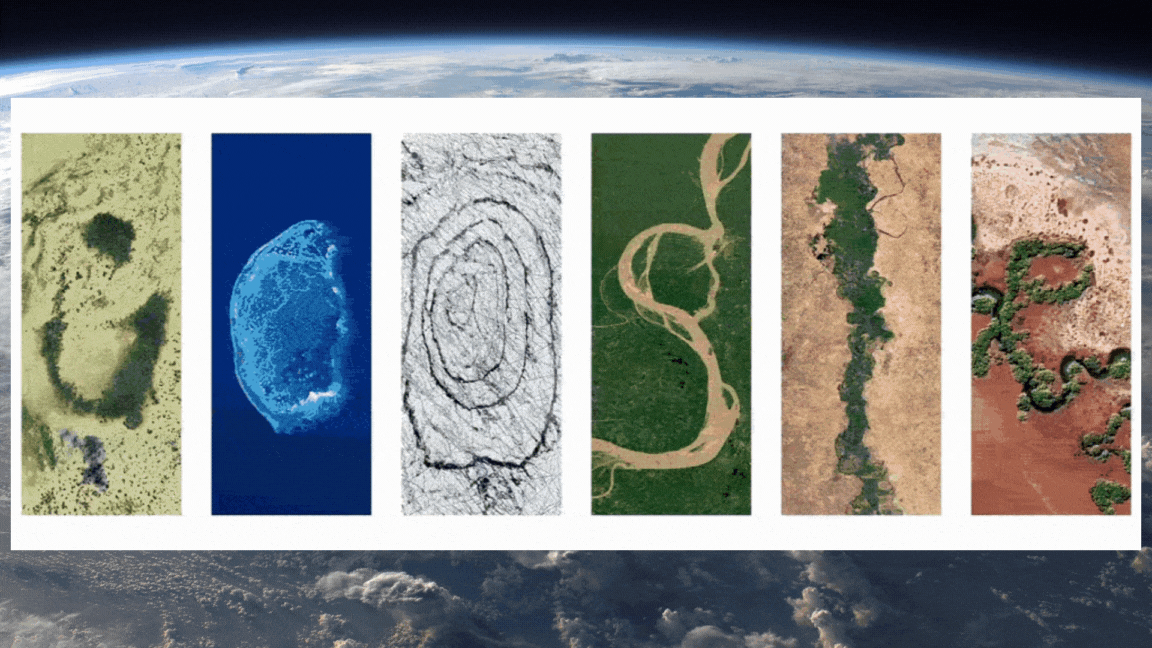
The Earth Day 2024 Google doodle is a climate change reminder
By Monisha Ravisetti published
For Earth Day this year, the Google doodle is highlighting areas of our planet it sees itself in.
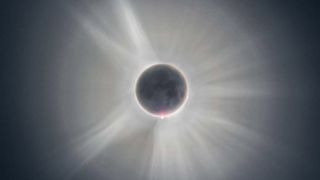
What's left of the 2024 solar eclipse lives in our hearts
By Monisha Ravisetti published
The 2024 solar eclipse, as seen from Indianapolis, connected strangers across a famous racetrack.
Breaking space news, the latest updates on rocket launches, skywatching events and more!



